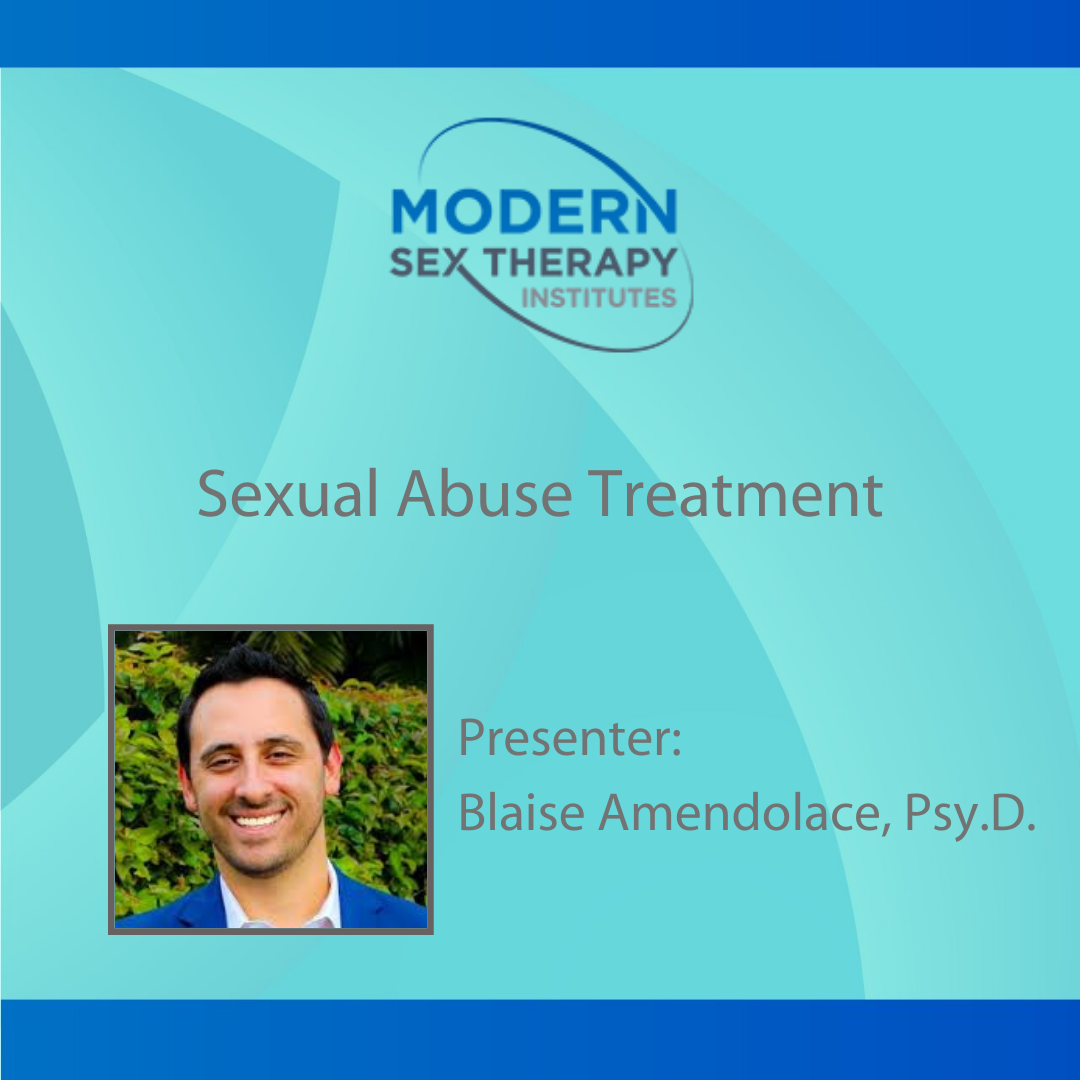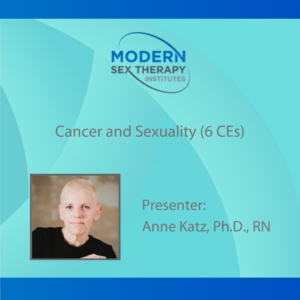FOR QUESTIONS & INTEREST: 561-379-7207
FOR CURRENT STUDENTS: (772)-209-9353
INFO@MODERNSEXTHERAPYINSTITUTES.COM
- Certifications & Degrees
- Online Clinical Sexology PhD Program
- 2024 Calendar
- 2023 Calendar
- 2022 Calendar
- Sex Therapy Certification
- Transgender Affirmative Mental Health Care Certification
- Couples And Sex Therapy Certification
- LGBTQIA Affirmative Certification
- Sexual Trauma Certification
- Medical Sexology Certification
- Alternative Relationships Certification
- Sex Counselor Certification
- Certificate In Sexual Health
- Sex Educator Certification
- Problematic Sexual Behavior (PSB) Certification Program
- Somatic Sex Therapist Certification
- Neurodiversity Sexuality Professional Certification
- Sex Informed Therapist Certification
- Sexually Competent Therapist Certification
- Kink Conscious Professional Certification
- Sexual Trauma Informed Therapist Certification
- LGBTQIA+ Informed Professional Certification
- Neurodiverse Sexuality Aware Professional Certification
- Sexual Compulsivity Informed Professional Certification
- Workshops & Webinars
- Calendar
- Registration & Fees
- Faculty
- Search
- Find a Professional
- Contact Us
Sexual Abuse TreatmentPresenter:Blaise Amendolace, Psy.D.
$250.00
8 CE Hours
Presented by: Blaise Amendolace, Psy.D.
Recorded workshop available via video on demand
AASECT Category:
Human Sexuality Education
Section J
AND
Sex Therapy Education
Section B
Description:
This is an introductory workshop on the treatment of sexual abuse. This workshop will provide participants with an overview of sexual trauma, exploring what trauma is, the impact on individuals and families, and the recovery/treatment process, focusing on the transition from victim to survivor to thriver. This course will demonstrate how to assess for sexual trauma when working with children, adolescents and adults. Additionally, participants will receive an overview of empirically-supported trauma treatment models and will learn to work compassionately and effectively with trauma survivors throughout the recovery/treatment process. This course will also address the unique need for clinician self-care when working with the distinctive challenges posed by a trauma population.
Learning Objectives:
- Explain how to conduct a proper assessment of individuals with sexual trauma histories
- Describe symptom presentations common in children, adolescents, and adults who havesexual trauma histories
- Explain the differences in symptom presentation based upon type of trauma (i.e. single event versus complex/prolonged)
- Describe current trauma treatment models, and be able to choose the most efficacioustreatment approach
- List the key components of a contextual treatment approach and explain how to implement
- Identify signs of clinician burnout when working with trauma survivors, and ways to managecompassion fatigue
- Identify and work with shame throughout treatment
- Explain Learn three separate conceptualizations for sexual trauma/abuse
Speaker Bio:
Dr. Blaise Amendolace (FL8603) is a Licensed Psychologist in the state of Florida. He earned his Psy.D. from Florida Institute of Technology. Dr. Amendolace works at Florida Atlantic University’s Counseling & Psychological Services, where he is currently the Interim Clinical Director and Assessment Coordinator. He specializes in sexual abuse treatment, therapeutic personality assessment, and Acceptance and Commitment Therapy. He provides child maltreatment prevention trainings for both educational and community organizations. He is in private practice in Cooper City, Florida, and is currently an adjunct professor at Florida Atlantic University, Lynn University, Florida Institute of Technology, and Carlos Albizu University.
Related products
-
Full Weekend [Fri-Sun] (20 hours; 20 CE Hours)
$600.00Rated 0 out of 5 -
Diagnosis & Risk Assessment of Sexual Offending Behaviors Presenter:Jeannie Brooks, Ph.D.
$250.00Rated 0 out of 5 -
Cancer and Sexuality(6 CE Hours)Presenter:Anne Katz, Ph.D., RN
$210.00Rated 0 out of 5 -
Specific Clinical Issues with Polyamorous & Non-Monogomous Relationships(2 CE Hours)Presenter:Margie Nichols, Ph.D.
$70.00Rated 0 out of 5

Don’t miss out! Subscribe to our newsletter now
The Advanced Mental Health Training Institute has been approved by NBCC as an Approved Continuing Education Provider, ACEP No.6901. Programs that do not qualify for NBCC credit are clearly identified.
The Advanced Mental Health Training Institute is solely responsible for all aspects of the programs.
Modern Sex Therapy Institutes
2161 Palm Beach Lakes Blvd, Suite 207 West Palm Beach, FL 33409
For questions and interest: 561-379-7207
For current students: (772)-209-9353
info@modernsextherapyinstitutes.com
Contact Us
Modern Sex Therapy Institutes is part of the Advanced Mental Health Training Institute (AMHTI).
AMHTI is approved as a provider of continuing education by numerous national agencies and routinely applies for continuing education credits for professionals from state agencies when needed.
There are many national, state and local licensing boards and professional organizations that will grant continuing education credit for attendance at AMHTI’s seminars and activities. If you have questions as to whether AMHTI’s continuing education credits will count for your state, please contact us.
 The Advanced Mental Health Training Institute is approved by the American Psychological Association to sponsor continuing education for Psychologists. The Advanced Mental Health Training Institute maintains responsibility for this program and its content.
The Advanced Mental Health Training Institute is approved by the American Psychological Association to sponsor continuing education for Psychologists. The Advanced Mental Health Training Institute maintains responsibility for this program and its content.
 The Advanced Mental Health Training Institute has been approved by NBCC as an Approved Continuing Education Provider, ACEP No.6901. Programs that do not qualify for NBCC credit are clearly identified. The Advanced Mental Health Training Institute is solely responsible for all aspects of the programs.
The Advanced Mental Health Training Institute has been approved by NBCC as an Approved Continuing Education Provider, ACEP No.6901. Programs that do not qualify for NBCC credit are clearly identified. The Advanced Mental Health Training Institute is solely responsible for all aspects of the programs.
 Modern Sex Therapy Institutes [1787, 4/30/22-4/30/25], is approved to offer social work continuing education by the Association of Social Work Boards (ASWB) Approved Continuing Education (ACE) program. Organizations, not individual courses, are approved as ACE providers. State and provincial regulatory boards have the final authority to determine whether an individual course may be accepted for continuing education credit.
Modern Sex Therapy Institutes [1787, 4/30/22-4/30/25], is approved to offer social work continuing education by the Association of Social Work Boards (ASWB) Approved Continuing Education (ACE) program. Organizations, not individual courses, are approved as ACE providers. State and provincial regulatory boards have the final authority to determine whether an individual course may be accepted for continuing education credit.
AMHTI is an approved provider with the Florida Board of Clinical Social Work, Marriage and Family Therapy and Mental Health Counseling. Provider#: 50-11996. AMHTI is an approved provider with the The Florida Certification Board. Provider #5273-A.
AMHTI is an approved provider with the American Association of Sexuality Educators, Counselors and Therapists (AASECT). Provider # 07-110-J.





